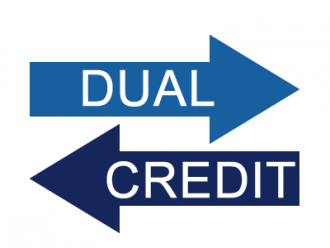 More Indiana students are taking dual-credit courses in high school and those who do are more likely to go to college, complete college and graduate earlier, according to a new report from the Indiana Commission for Higher Education. The Dual-Credit Performance Report is provided as a supplement to Indiana’s annual College Readiness Reports, which show where high school graduates go to college and how they perform.
More Indiana students are taking dual-credit courses in high school and those who do are more likely to go to college, complete college and graduate earlier, according to a new report from the Indiana Commission for Higher Education. The Dual-Credit Performance Report is provided as a supplement to Indiana’s annual College Readiness Reports, which show where high school graduates go to college and how they perform.
“Indiana has made a significant investment to increase opportunities for Hoosier students to earn college credit in high school, and the results are encouraging,” said Indiana Higher Education Commissioner Teresa Lubbers. “We are committed to following the progress of our dual-credit students to ensure these courses are delivering on the promise of boosting college access and completion across Indiana.”
Key takeaways from the report include:
- Course-Taking: More than half (55 percent) of 2015 high school graduates earned dual credit, up from 39 percent in 2012. Of those, 56 percent earned credits in liberal arts courses and 49 percent earned career and technical credits. Six percent earned credit in both. More than a third (40 percent) earned at least one semester of college credit and 10 percent earned two semesters or more.
- College-Going: About 70 percent of dual credit students went directly to college, compared to about 50 percent of students with no Advanced Placement (AP) or dual credit. More than three-quarters (80 percent) of students earning dual credit persisted to their sophomore year of college compared to a 60 percent persistence rate for students without AP or dual credit. The most positive outcomes occurred for students who earned both AP and dual credit, 93 percent of whom enrolled in college and persisted to their sophomore year.
- College Completion: Nearly half (45 percent) of college students with dual credit who pursued a bachelor’s degree graduated on time whereas about a third (32 percent) of non-dual credit students completed on time. Bachelor’s degree-seekers with dual credit also were almost twice as likely to graduate at least a semester early when compared to students without dual credit. Similarly, dual-credit students who pursued an associate degree were about three times as likely to graduate on time and six times as likely to graduate early when compared to non-dual-credit students.
To read the full report and related takeaways, visit the Indiana Commission for Higher Education website at www.che.in.gov (see “REPORTS”).














